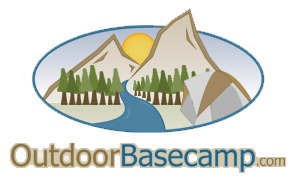I was eating at a restaurant that is located besides the river. It was really a good meal.
I saw a person crossing a river on a boat with one paddle. I was amazed on how he directs his boat just by paddling on one side of the boat. Normally, I change the side where I paddle if I want to go to the opposite direction. I wonder how that person did it with paddling on just one side of the boat. Any tips on how to do it?
I saw a person crossing a river on a boat with one paddle. I was amazed on how he directs his boat just by paddling on one side of the boat. Normally, I change the side where I paddle if I want to go to the opposite direction. I wonder how that person did it with paddling on just one side of the boat. Any tips on how to do it?
